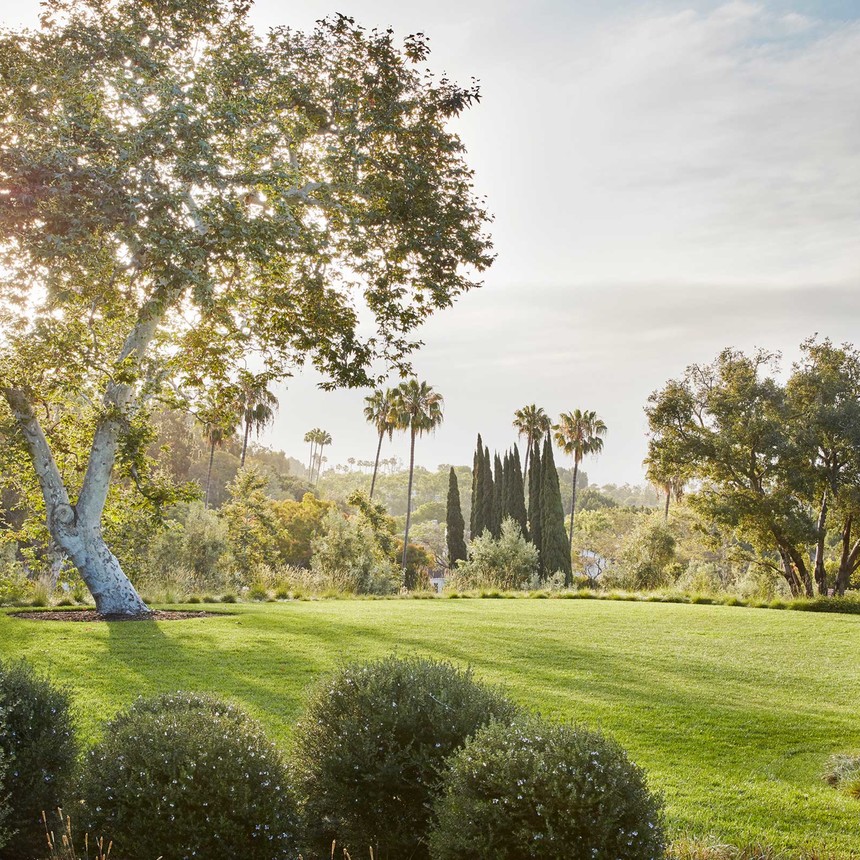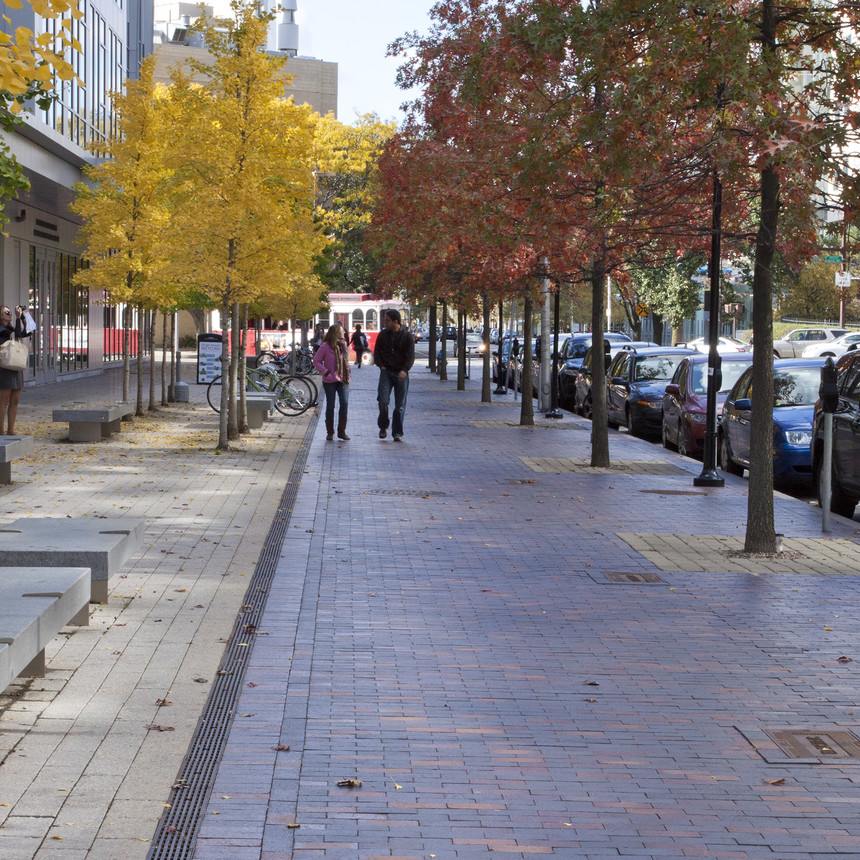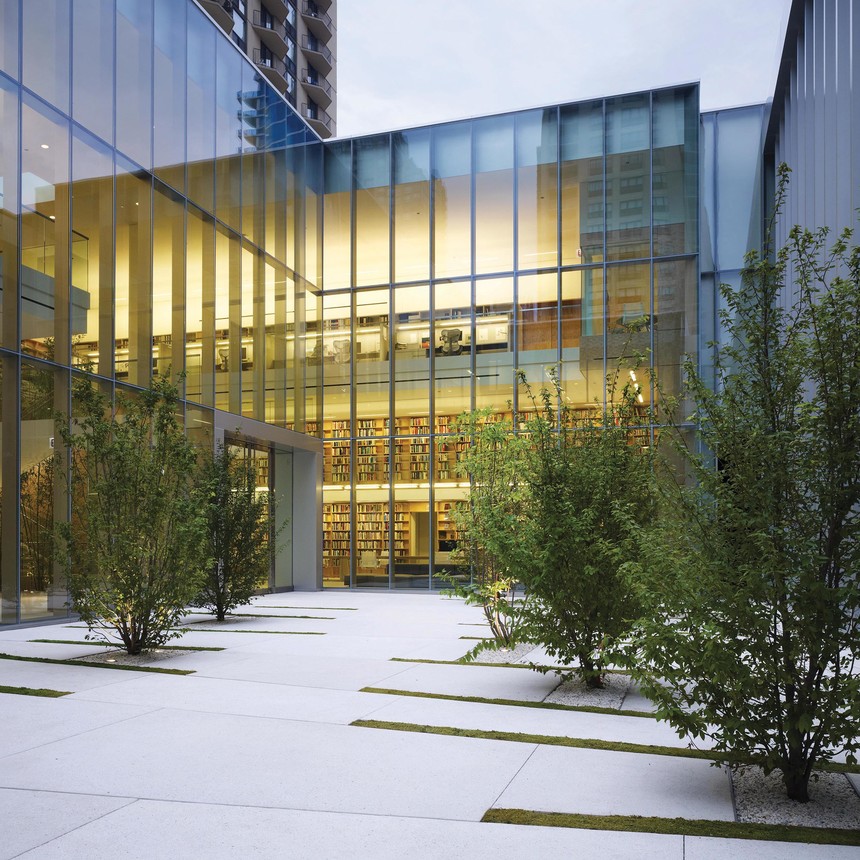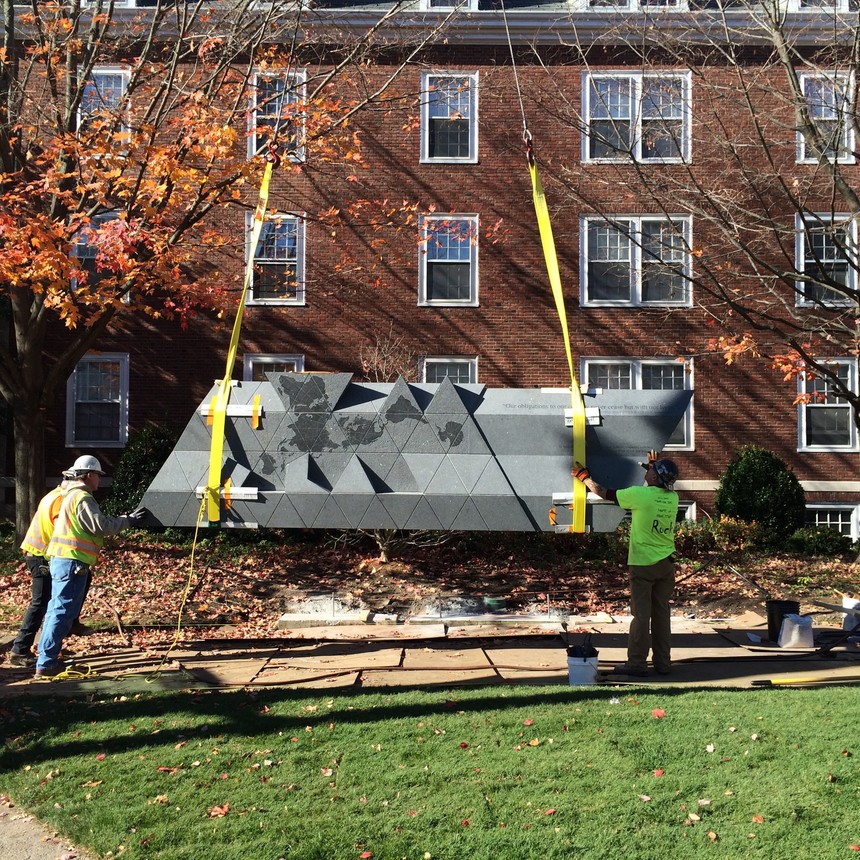American Museum of Natural History Gilder Center
A renewed Theodore Roosevelt Park activates a new entrance for the American Museum of Natural History’s Richard Gilder Center for Science, Education, and Innovation expansion by Studio Gang, establishing new spaces for community gathering and movement, while preserving and extending the life of the park’s beloved mature canopy.
The landscape we know as Theodore Roosevelt Park, originally designed by Calvert Vaux, was developed incrementally through the late 1800s. A romantic strolling path network unified the park and afforded generous spaces for public gathering. Gradual changes altered this condition, including later improvements that introduced highly ordered spaces largely at additional museum entrances. The Gilder Center expansion presented the opportunity to ameliorate the fragmented condition between the park’s romantic character and the more rational introductions, to open the museum to the park, and to develop a landscape tailored to the aspirations of the community and AMNH.
Reed Hilderbrand worked with Studio Gang Architects and the Museum’s Park Working Group, comprised of representatives from offices of elected officials, City agencies including the NYC Department of Parks and Recreation, and local community groups to resolve a plan that seamlessly integrates the new building and the park. By carefully orienting the building façade to invite visitors, making places for gathering as well as movement, and protecting and re-establishing canopy trees across the building’s elevation facing Columbus Avenue, the design of the landscape reinforces the historical identity of AMNH as immersed in a park. The two-acre renewal develops a place for park users and visitors to the museum to pause and draw pleasure from its layers of vegetation and sinuous walks and benches.
The preservation of existing canopy trees—one of the park’s defining features—was a design priority. Construction was performed in compliance with an approved tree protection plan and NYC Parks tree protection protocols. Planted islands preserve notable canopy trees, provide for new trees, and define movement between inside and the outdoors. This continuity of park character roots the new museum harmoniously into Theodore Roosevelt Park. Improvements to plantings, circulation, and placemaking enhance the experiential and functional qualities of the park and expand accessible open space to make it more inclusive and spacious.
As such, the project is rooted in AMNH’s public mission to discover, interpret, and disseminate—through scientific research and education— knowledge about human cultures, the natural world, and the universe.
Location
New York City
Dates
2015-2023
Size
2 acres
Leadership
Team
- Studio Gang Architects
- Zubatkin Owner Representation, LLC
- Arup
- Buro Happold
- Langan
- Atelier Ten
- AECOM Tishman
Recognition
- “Wonder and Awe In Natural History’s Stunning New Wing” by Michael Kimmelman, The New York Times , April 2023





